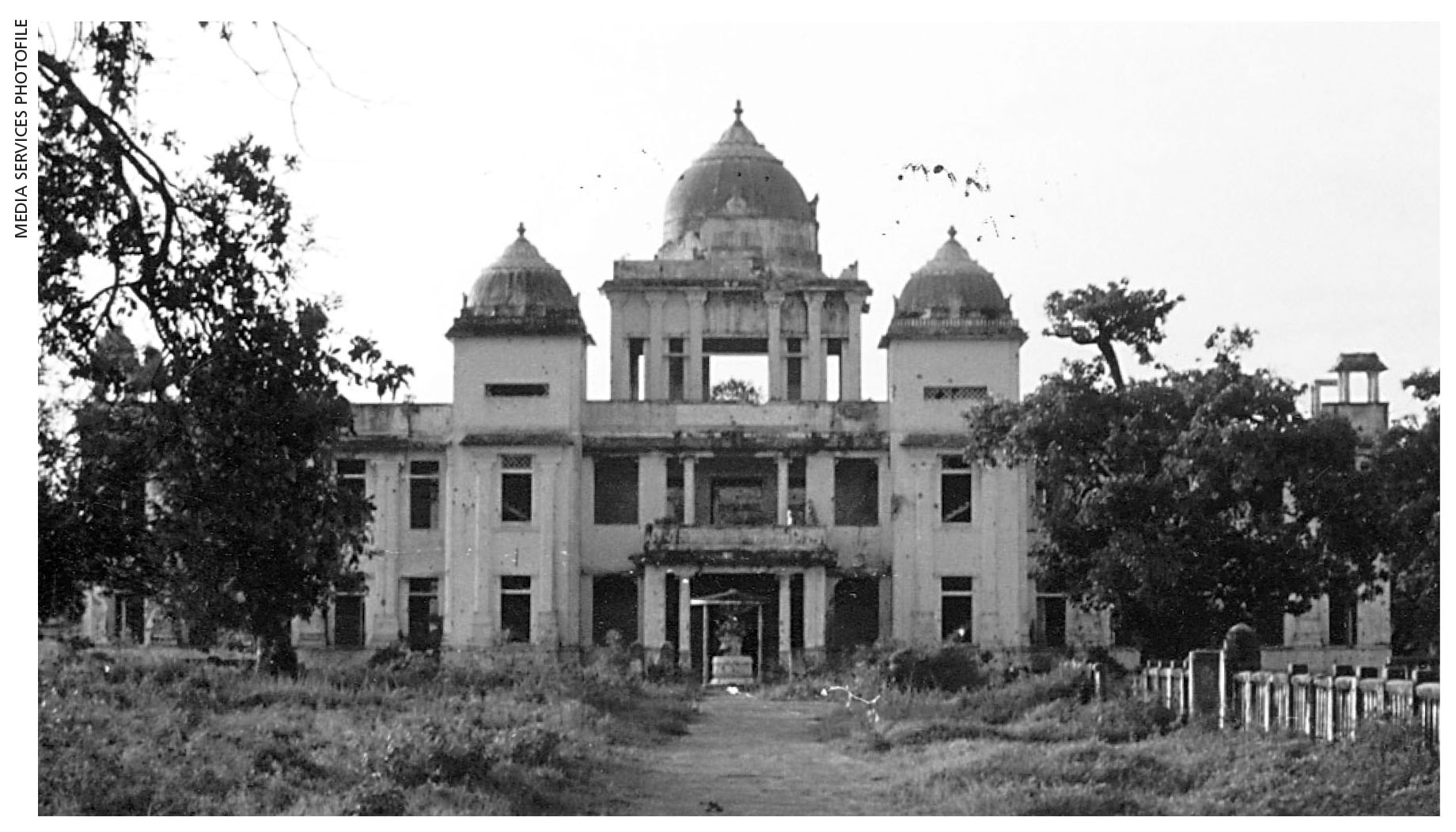1981
Jaffna Public Library Put to the Torch
Arson fuels more acts of physical violence
As Ray Bradbury’s apocalyptic Fahrenheit 451 (the reference is to the temperature at which paper catches fire) warned, cultures that burn books as readily incinerate people. And the lessons of history – from the fiery demolition of the library at Alexandria to the Salem witch trials – appear not to have been learned in a sunny isle of the topics circa 1981.
One of the most criminal acts (in every sense) in Sri Lanka’s history of violence against its own natives was the burning of the Jaffna Public Library on the night of 1 June 1981. The country was a powder keg at the time and it took the tinder of the deaths of two Sinhalese policemen to set the northern township ablaze with a pogrom – a three-day event led by police in mufti and shadowy paramilitaries ostensibly sanctioned by the state.
On the previous day, the main opposition party – the Tamil United Liberation Front (TULF) – had conducted a rally in which three policemen were shot (two fatally). The ostensible reprisals included the destruction of the TULF’s head office in the northern peninsula, the ransacking of its Jaffna MP’s house and the public library being torched.
The iconic building that was razed – an Indo-Saracenic style edifice that had been architected by an Indian and built up to international standards by another subcontinental advisor – had its first major wing opened to the public by the then Jaffna Mayor Alfred Duraiappah (himself later assassinated) in 1959.
This repository of over 97,000 books and manuscripts – including archival material in palm leaf manuscripts, original copies of regionally important historic documents for Sri Lanka’s hotly contested history and newspapers that had been published decades ago in the Jaffna Peninsula – was torched by mobs at a time when the controversial presence of two cabinet ministers in the library’s environs generated suspicion of state complicity in the heinous act.
The government downplayed the crime as the action of loose cannons in the police force, fuelling grief and fury among the Tamil people.
And the library – which was partially resurrected two years later and renovated in 1984 – in addition to having thousands of books donated by a Jaffna Public Library week in 1982, came to symbolise physical and imaginative violence characteristic of an ethnicity, which has ever since that traumatic event felt it was targeted for annihilation.
This repository of over 97,000 books and manuscripts … was torched by mobs at a time when the controversial presence of two cabinet ministers in the library’s environs generated suspicion of state complicity





